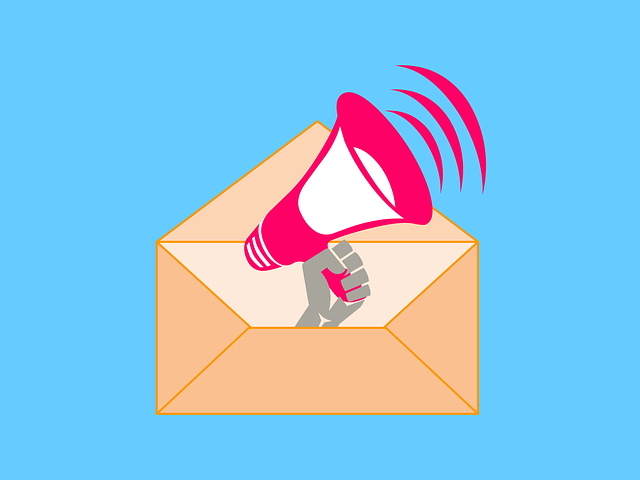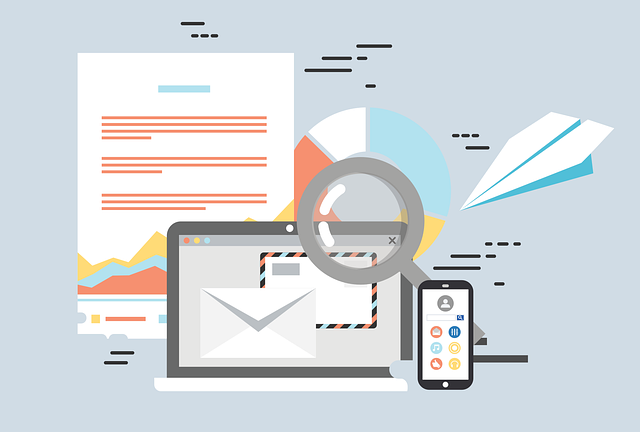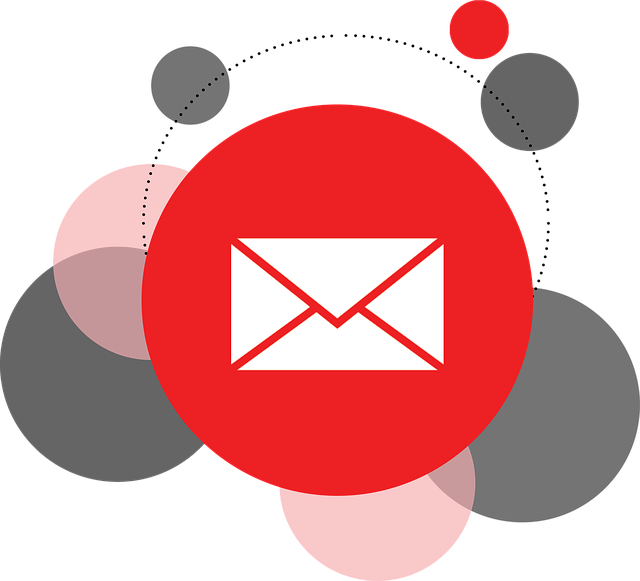So, you think you’re a savvy travel and hospitality marketer, huh? You’ve got your email campaigns up and running, but are you tracking the right metrics? If you want to take your email marketing game to the next level, it’s time to dive into the data.
In this article, we’ll explore the top 10 email marketing metrics that every travel and hospitality marketer should be tracking. These metrics will not only help you gauge the success of your campaigns but also provide valuable insights to optimize your strategies.
From open rates to conversion rates, click-through rates to bounce rates, and even ROI (return on investment), we’ll break down the numbers that matter most.
So, get ready to crunch some data and make smarter, more strategic decisions for your travel and hospitality business. It’s time to take your email marketing to new heights!
Key Takeaways
- Open rates are a key metric for measuring customer engagement and assessing the effectiveness of subject lines, email design, and content strategy.
- Click-through rates provide insights into engagement and the effectiveness of personalization strategies in email marketing campaigns.
- Conversion rates are crucial for evaluating campaign success and measuring customer engagement.
- Unsubscribe rates serve as an important metric for understanding content relevance and segmentation issues, and can help determine the optimal email frequency.
Open Rates
You’ll want to keep a close eye on your open rates to see how many people are actually opening and engaging with your travel and hospitality emails. Open rates are a key metric for measuring customer engagement and can provide valuable insights into the effectiveness of your email campaigns.
By tracking open rates, you can assess the success of your subject lines, email design, and overall content strategy. Additionally, open rates can help you understand the impact of email segmentation on your audience’s behavior.
By segmenting your email list based on customer preferences and interests, you can tailor your content to specific groups, increasing the likelihood of higher open rates. Understanding your open rates will set the stage for analyzing click-through rates, which measure the number of recipients who click on links within your emails.
Click-through Rates
Get ready to be amazed by how click-through rates can reveal the true effectiveness of your email campaigns in the travel and hospitality industry. Tracking engagement rates is crucial in understanding how well your emails are resonating with your audience. Here are three reasons why click-through rates matter:
-
Measure engagement: Click-through rates indicate how many recipients are actively engaging with your content. A high click-through rate implies that your emails are capturing attention and driving recipients to take action.
-
Personalization effectiveness: By monitoring click-through rates, you can evaluate the effectiveness of personalization in your email campaigns. Higher click-through rates suggest that your personalized content is resonating well with your audience, increasing the chances of conversion.
-
Optimize campaign strategy: Analyzing click-through rates enables you to identify trends and patterns in your email campaigns. This data-driven approach allows you to fine-tune your strategy, delivering more relevant and engaging content to drive higher click-through rates.
Understanding click-through rates is just the first step towards improving your email marketing performance. Transitioning into conversion rates, you can delve deeper into the effectiveness of your campaigns.
Conversion Rates
Improve your understanding of campaign success by analyzing the conversion rates of your email efforts in the travel and hospitality industry. Conversion rates measure the percentage of recipients who take a desired action, such as making a purchase or booking a reservation, after clicking through from your email. It is a crucial metric for evaluating the effectiveness of your email marketing campaigns and gauging customer engagement. To optimize your conversion rates, consider implementing A/B testing to identify the most effective email design, copy, and call-to-action. By comparing different versions of your emails, you can fine-tune your approach and increase your chances of driving conversions. Monitoring and analyzing conversion rates will provide valuable insights into the effectiveness of your email marketing efforts and help you make data-driven decisions to improve your campaign’s performance. Transitioning into the subsequent section about ‘bounce rates’, understanding conversion rates is just one aspect of optimizing your email marketing strategy.
Bounce Rates
Beware of the bounce rates that may hinder your campaign’s success in the travel and hospitality industry. High bounce rates can negatively impact your email deliverability and prevent your messages from reaching your target audience.
To combat this, it’s essential to focus on list segmentation. By segmenting your email list based on customer preferences, behavior, or demographics, you can send more targeted and relevant content, reducing the likelihood of bounces.
Additionally, regularly cleaning your email list and removing inactive or invalid email addresses can further improve deliverability rates. However, don’t stop here – there’s more to consider.
Unsubscribe rates also play a crucial role in evaluating the effectiveness of your email marketing efforts. Keep reading to discover how to tackle this challenge head-on.
Unsubscribe Rates
To effectively evaluate the impact of your campaign, you need to closely monitor how users interact with your content, including their decision to unsubscribe. Unsubscribe rates play a crucial role in understanding customer engagement and the effectiveness of your email personalization efforts.
Here are four reasons why tracking unsubscribe rates is essential:
-
Measure content relevance: High unsubscribe rates indicate that your content is not resonating with your audience. It’s crucial to analyze the type of content that is prompting users to opt-out and make necessary adjustments.
-
Identify segmentation issues: Unsubscribes can highlight segmentation problems. If you notice a particular segment experiencing higher unsubscribe rates, it might indicate that they are not receiving personalized and targeted emails.
-
Improve email frequency: Unsubscribes can help determine if you are sending too many or too few emails. Adjusting the frequency can help maintain a healthy subscriber base.
-
Optimize email design: If your unsubscribe rates are high, it could indicate issues with email design. Consider making improvements to make your emails visually appealing and engaging.
Understanding unsubscribe rates is just the first step towards maximizing your email marketing ROI (Return on Investment). Now, let’s delve into the importance of measuring ROI and how it can help you optimize your campaigns.
ROI (Return on Investment)
Maximizing your email campaign’s ROI starts with understanding the value and impact your efforts have on your business. Tracking effectiveness and measuring success are crucial in determining the return on investment of your email marketing campaigns. By analyzing key metrics, you can gain valuable insights into the effectiveness of your campaigns and make data-driven decisions to improve future strategies. Here is a table that highlights four important metrics to track when measuring the success of your email marketing efforts:
| Metric | Description |
|---|---|
| Open Rate | The percentage of recipients who open your emails |
| Click-through Rate | The percentage of recipients who click on links |
| Conversion Rate | The percentage of recipients who take a desired action |
| Revenue per Email | The average revenue generated per email sent |
By regularly monitoring these metrics, you can identify areas for improvement, optimize your campaigns, and ultimately increase your email marketing ROI.
Frequently Asked Questions
How can I improve my email deliverability rates?
To improve your email deliverability rates and increase open rates while reducing spam complaints, focus on several key strategies.
First, regularly clean your email list to remove inactive or unengaged subscribers.
Second, use a reputable email service provider that has strong deliverability practices.
Third, personalize your emails and make sure they’re relevant to your audience.
Lastly, optimize your subject lines and email content to entice recipients to open and engage with your emails.
What are some effective strategies for increasing email engagement?
To increase email engagement, focus on personalization strategies and subject line optimization.
Tailor your emails to cater to individual preferences and demographics. Use dynamic content and segmentation to deliver personalized experiences.
Experiment with different subject lines to grab attention and entice recipients to open your emails. Analyze data to understand what works best and refine your strategies accordingly.
By combining personalization and subject line optimization, you can drive higher engagement and ultimately boost your email marketing effectiveness.
Are there any industry benchmarks for email marketing metrics in the travel and hospitality sector?
To track performance and set benchmarks for email marketing in the travel and hospitality sector, industry benchmarks are crucial. These benchmarks provide valuable insights and help you gauge the effectiveness of your campaigns.
Key metrics to track include open rates, click-through rates, conversion rates, unsubscribe rates, and email deliverability. By comparing your results to industry benchmarks, you can identify areas for improvement and make data-driven decisions to optimize your email marketing strategy for better engagement and ROI.
How can I segment my email list to better target different customer segments?
To segment your email list for better targeting different customer segments, start by collecting relevant data such as purchase history, demographics, and preferences. Use this information to divide your list into distinct groups based on common characteristics.
By doing so, you can create personalized content that resonates with each segment’s specific needs and interests. This targeted approach increases the chances of engagement and conversion, leading to more effective email marketing campaigns.
What are some best practices for designing visually appealing and mobile-friendly emails?
When it comes to designing effective email templates, personalization is key. Ensure your emails are visually appealing and mobile-friendly by following best practices.
Use a clean and simple design, with a single-column layout for easy readability on mobile devices. Incorporate eye-catching images and compelling headlines to grab attention.
Personalize the content based on the recipient’s preferences or past interactions.
Test your emails across different devices and email clients to ensure they display properly.
By following these practices, you can increase engagement and drive conversions.
Conclusion
In conclusion, when it comes to email marketing in the travel and hospitality industry, tracking the right metrics is essential. By monitoring open rates, click-through rates, conversion rates, bounce rates, and unsubscribe rates, you can gain valuable insights into the effectiveness of your campaigns.
Furthermore, calculating the ROI can help you determine the success of your email marketing efforts. So, seize the opportunity to optimize your strategies and soar to success in the travel and hospitality realm.









